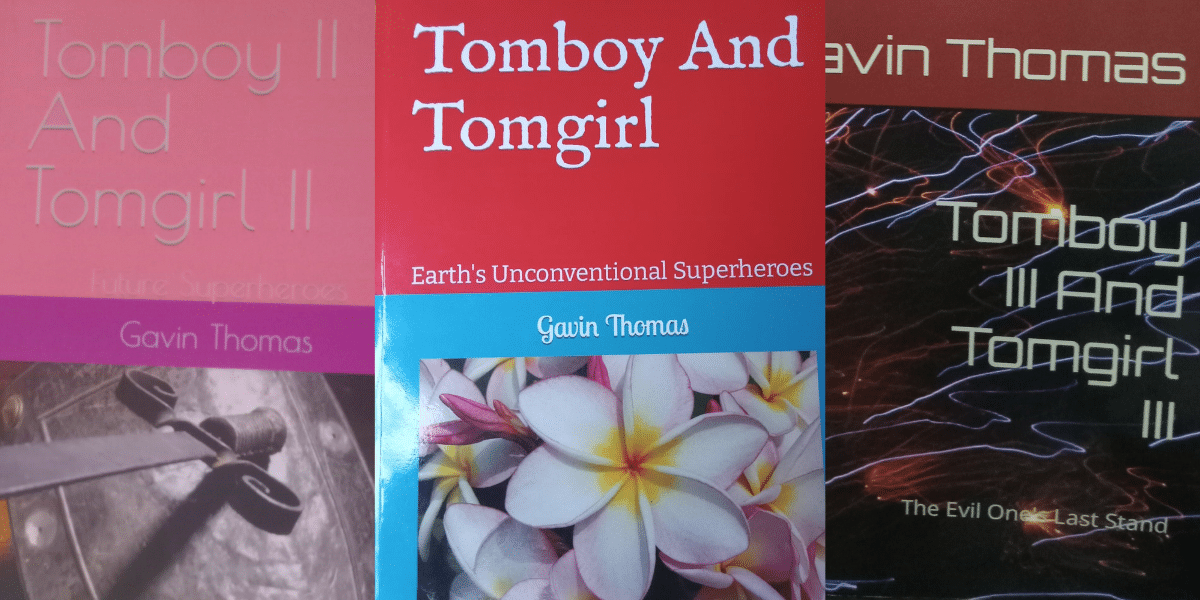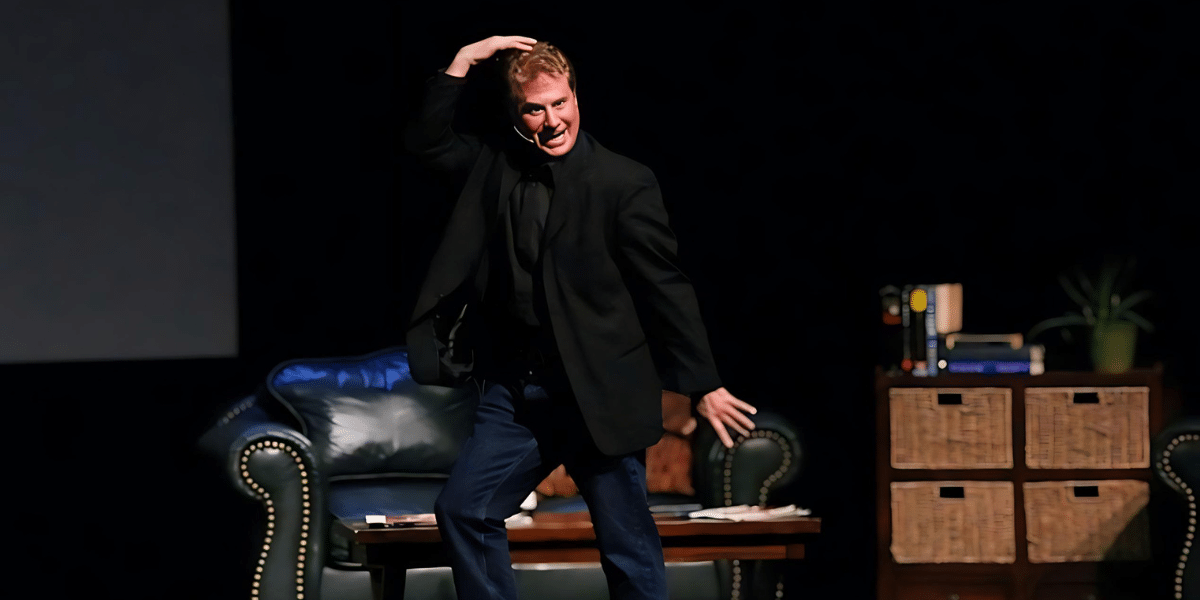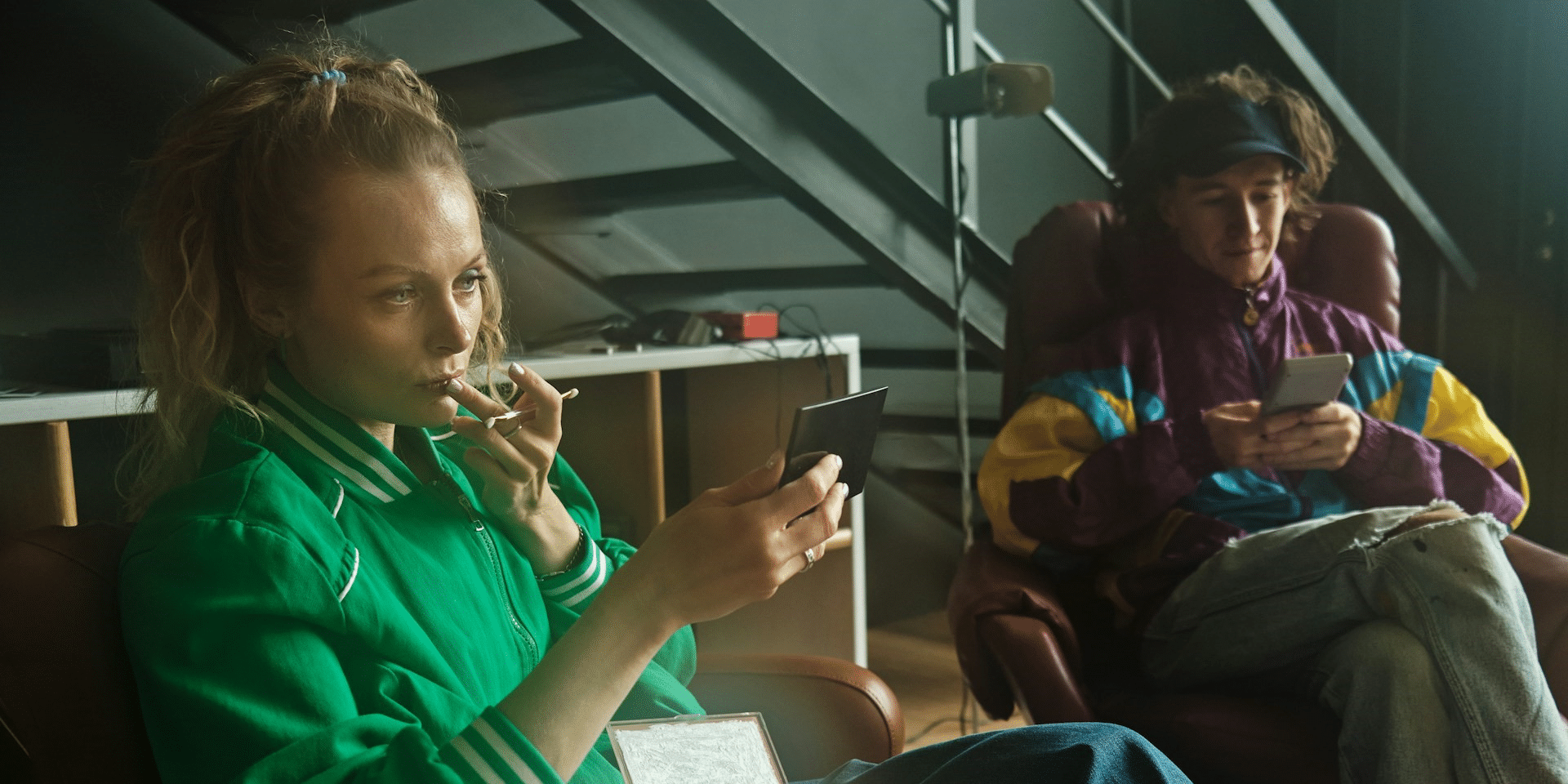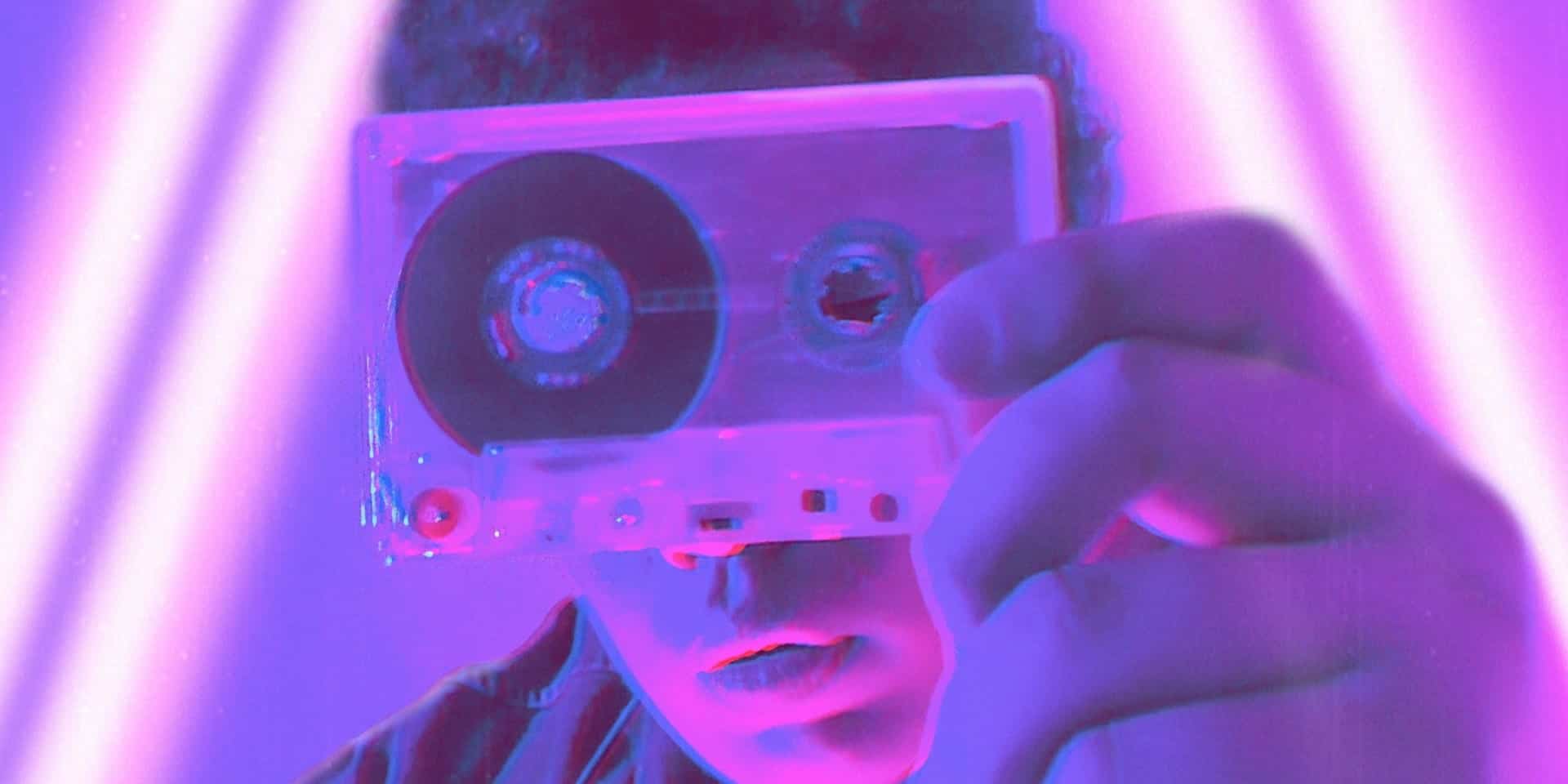The Emergence of Mickey Mouse and Other Icons
On January 1, 2024, a watershed moment occurred in intellectual property as the timeless animated short film “Steamboat Willie,” which introduced the world to Mickey Mouse, entered the public domain. This significant event marked a transition in copyright status and set the stage for a wave of creative reinterpretations by filmmakers and game developers. Let’s delve into the profound implications of this development and explore the characters slated to undergo a similar transformation in the years to come.
The Journey of Steamboat Willie to Public Domain
Originally released on November 18, 1928, “Steamboat Willie” fell under the purview of U.S. copyright law, entailing a copyright duration of 95 years. With the expiration of this term in 2024, the earliest versions of Mickey and Minnie Mouse are now accessible to the public. However, it’s crucial to note that the modern iterations of these characters remain safeguarded by Disney’s copyright protection.
Diverse Interpretations Emerge
The liberation of Mickey Mouse into the public domain resonated with creators, sparking announcements of unconventional projects. An indie film portraying the beloved character as a serial killer surfaced on the same day, signaling a shift towards darker and more experimental narratives. This trend extended to other characters, including Peter Pan and Tigger, entering the public domain in 2024. The diversity of creative expressions, ranging from horror films to action-horror games, showcases creators’ newfound freedom with these characters.
Contrarian Viewpoint: Balancing Creativity and Trademarks
While the public domain fosters a fertile ground for innovative storytelling, legal experts emphasize the intricate nature of this shift. The distinction between original versions, exemplified by Steamboat Willie, and subsequent iterations, like Fantasia, introduces nuances in copyright status. Disney, the guardian of these beloved characters, retains trademarks associated with Mickey Mouse, introducing potential legal challenges for those venturing into uncharted creative territories.
Legal Considerations and Trademark Protection
As characters like Mickey Mouse enter the public domain, companies, especially giants like Disney, face strategic decisions on safeguarding their intellectual property. Trademarks play a pivotal role in this landscape, and potential trademark infringement claims may surface if public domain characters are utilized in ways that challenge existing brand identities.
The Future Landscape of Intellectual Property
With the prospect of characters like Superman and Batman entering the public domain in the next decade, companies are navigating a shifting terrain. The potential impact on profits and exclusivity prompts companies to explore multifaceted strategies, including robust trademark protection and the proactive creation of new intellectual properties.
In Summary
The emergence of Mickey Mouse into the public domain signifies a profound shift in the creative landscape. While this liberation opens doors for diverse interpretations and groundbreaking storytelling, legal complexities and trademark considerations add intricate layers to this transformative phase. As more iconic characters follow suit, the intersection of creativity, trademark protection, and the dynamic nature of intellectual property will undeniably shape the future of storytelling and entertainment.







